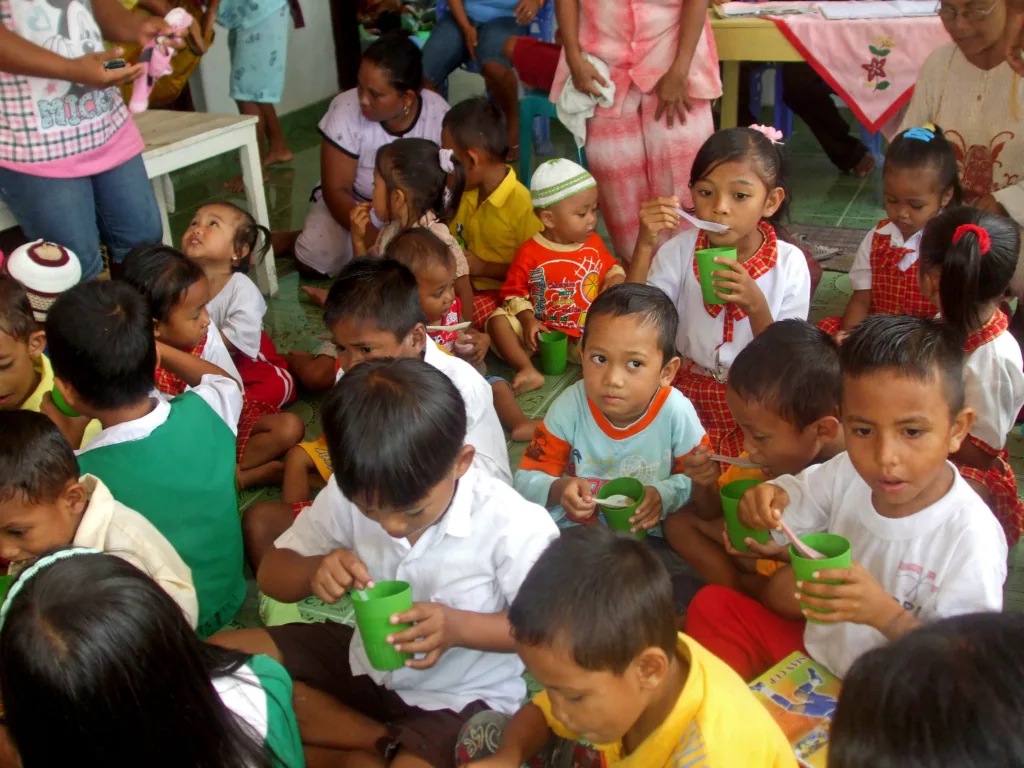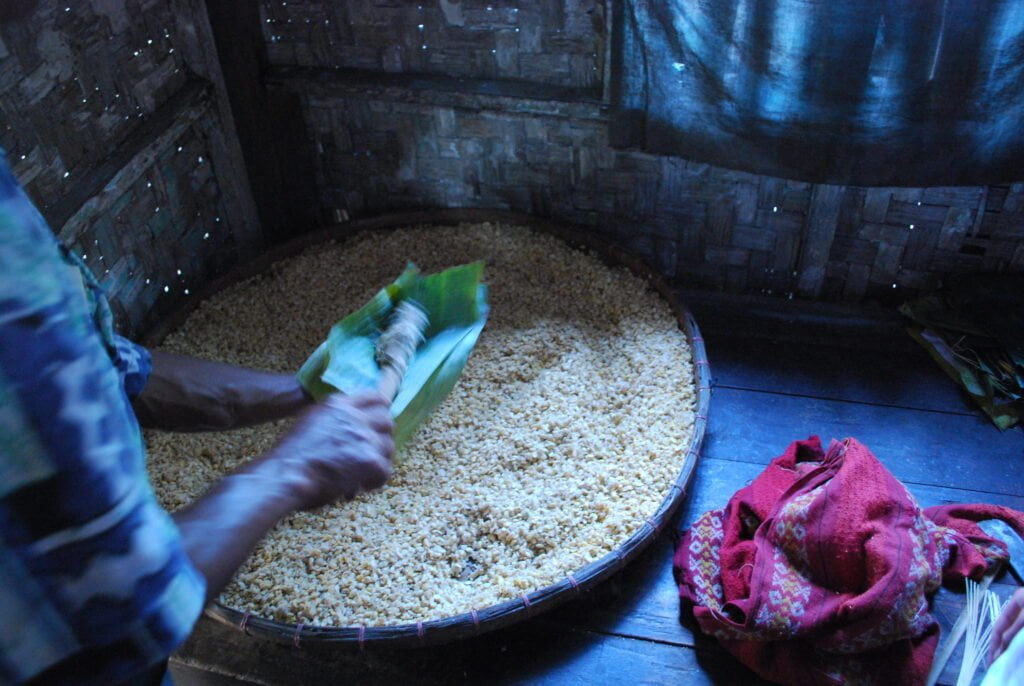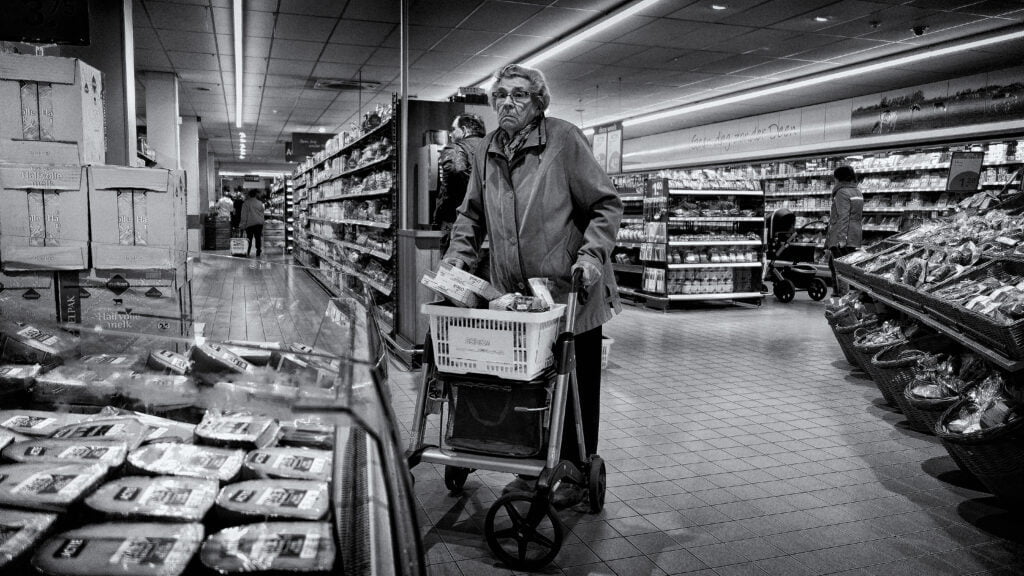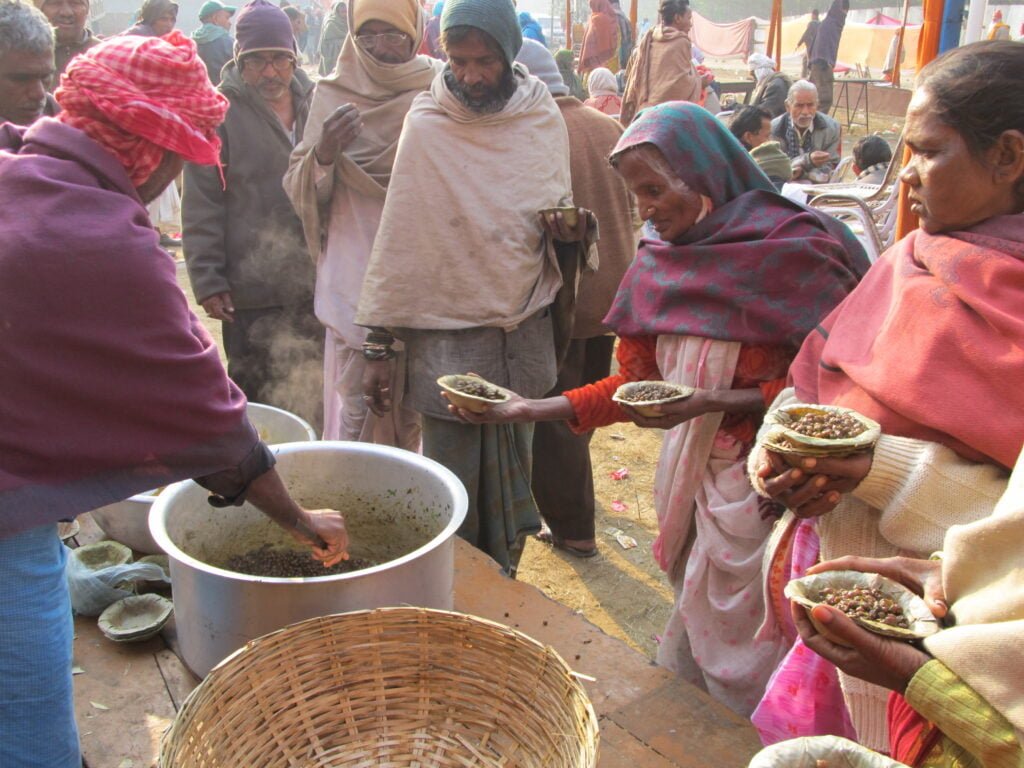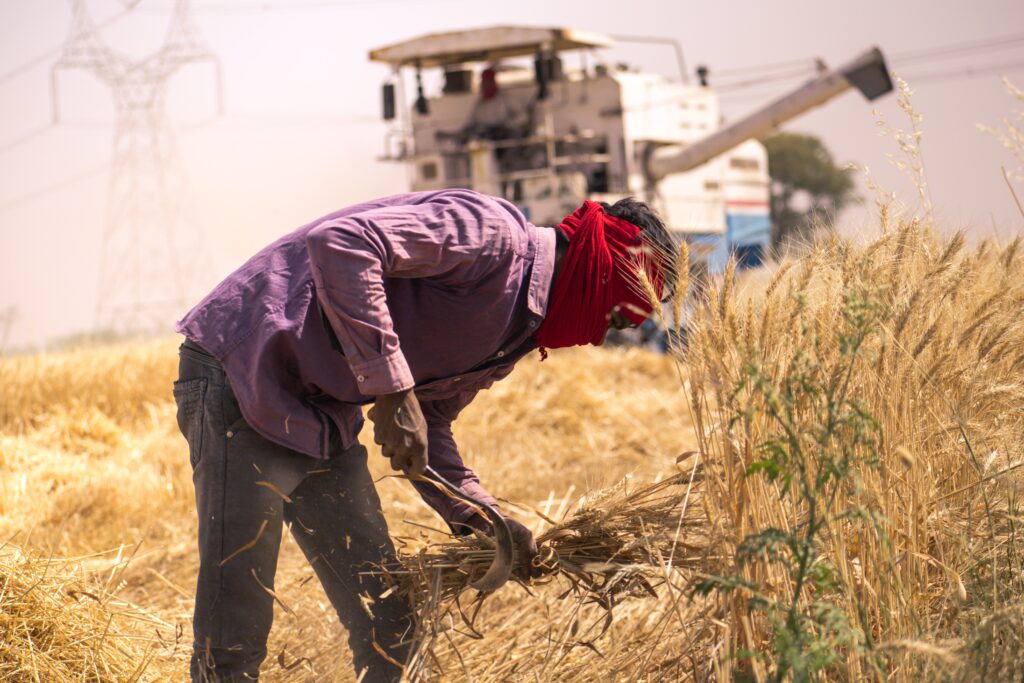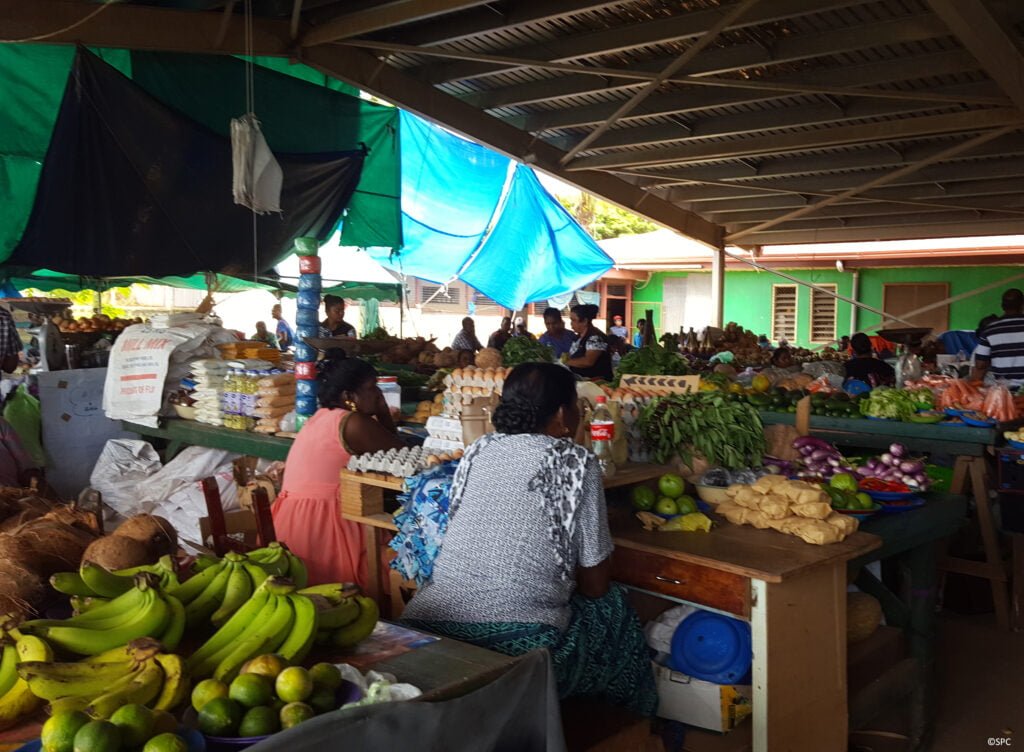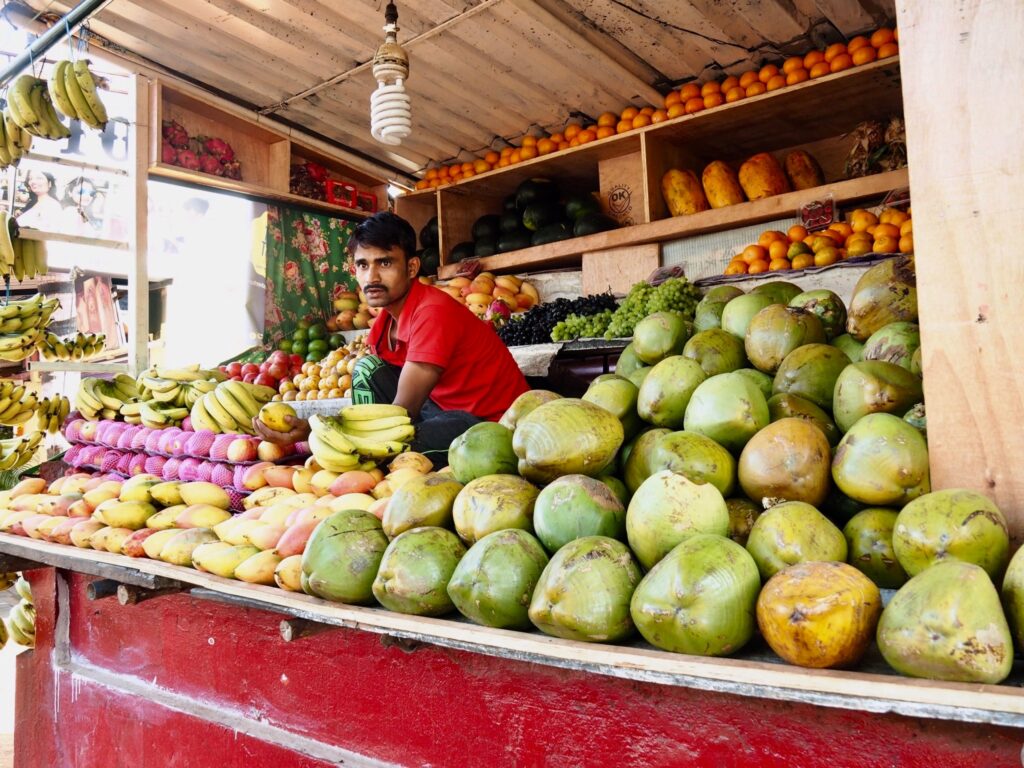We use cookies to improve your experience with Monash. For an optimal experience, we recommend you enable all cookies; alternatively, you can customise which cookies you’re happy for us to use. You may withdraw your consent at any time. To learn more, view our Website Terms and Conditions and Data Protection and Privacy Procedure.
Affordable nutrition
Published on September 27, 2022360info is exploring the evidence on nutritious and affordable food from multiple country perspectives.
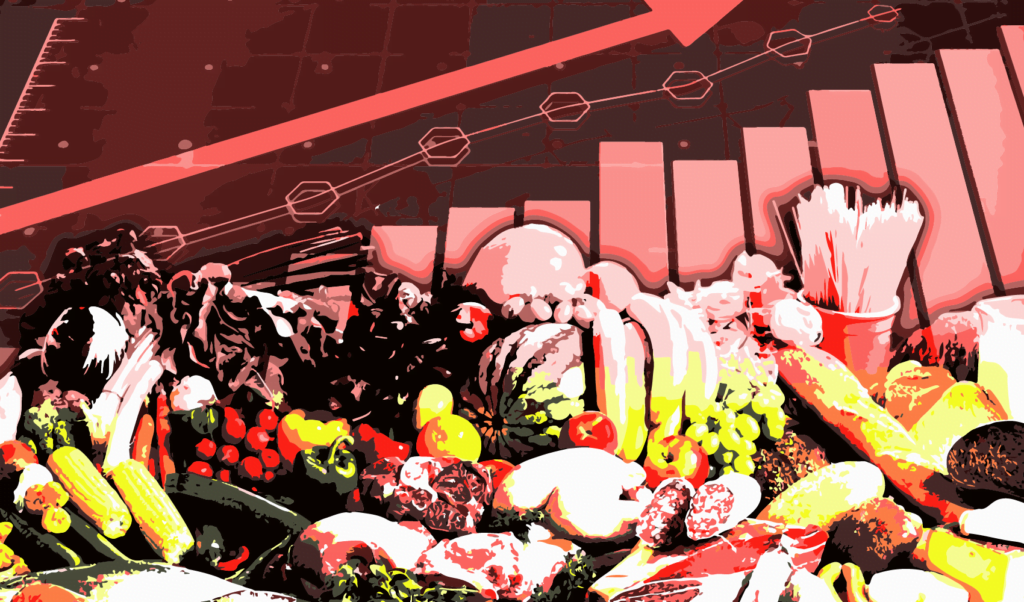 Affordability of nutritious food is a major problem in many parts of the world. : Michael Joiner, 360info CC BY 4.0
Affordability of nutritious food is a major problem in many parts of the world. : Michael Joiner, 360info CC BY 4.0
360info is exploring the evidence on nutritious and affordable food from multiple country perspectives.
For the first time since it developed its school lunches program in 1969, the US Government will this week hold a summit to deliver a new national strategy for food, hunger, nutrition, and health.
The summit will on Wednesday bring together the public, private, research and NGO sectors to share ideas on how to improve food access and affordability. Participants will also discuss how to integrate nutrition and health, empower consumers to make healthy choices, support physical activity for all, and enhance nutrition and food security research.
“Too many families don’t know where they’re going to get their next meal, with too many empty chairs around the kitchen table because a loved one was taken by heart disease, diabetes or other diet-related diseases which are some of the leading causes of death in our country,” US President Joe Biden said ahead of the summit.
“I’m committed to taking bold steps that can end hunger and will enable everyone to have access to affordable healthy food and safe places to be physically active, but we can’t do this alone, I want your ideas.”
The event comes as the COVID-19 pandemic has exacerbated global poverty, and the war in Ukraine has eroded food security, seeing global hunger levels rise. The UN Sustainable Development Goal of achieving zero hunger by 2030 looks entirely out of reach. Despite early gains, the number of people affected by hunger globally has been on the rise since 2014.
At the same time, quality evidence shows healthy food is often the more affordable choice to more highly processed alternatives in many countries, yet people continue to spend more of their food budget on the latter. Adult obesity is on the rise in all regions.
Researchers the world over are exploring how to feed our growing population, but also the role of government policies including taxes, social safety nets and food advertising in delivering affordable nutrition.
REALITY CHECK
Some 690 million people are hungry, or 8.9 percent of the world population
If recent trends continue, the UN predicts the number of people affected by hunger will surpass 840 million by 2030, or 9.8 percent of the global population.
Around 42 percent — or 3.07 billion — of the global population could not afford a healthy diet in 2020, according to the World Bank.
Poor diet is the leading preventable contributor to the burden of disease globally.
BIG IDEAS
Quote attributable to Deepak K. Ray, Institute on the Environment, University of Minnesota
“We seem to be on target to a situation when only around a quarter of the calories harvested globally in 2030 will be for direct food consumption. A third may feed livestock and be used in the food processing industry; 15 percent may get diverted to industrial usage; and around a fifth will be exported.”
Quote attributable to Kalyani Raghunathan, International Food Policy Research Institute (IFPRI)
“Among the various policy options to tackle malnutrition, those that aim to improve access to high quality diets that are safe, hygienic, diverse and fresh are arguably the most essential.”
Quote attributable to Amanda Lee, Professor Public Health Policy, University of Queensland
“The perception that healthy foods are more expensive than unhealthy options is due to marketing.”
Quote attributable to Sarah Mounsey, Research Associate, Imperial College London
“Researchers worldwide are looking into ways to group, and tax, foods based on how healthy they are, using scientifically based, non-discriminatory nutrient profiling.”
Video bio: Dr Kalyani Raghunathan
Video bio: Dr Sinead Furey
Video bio: Dipa Sinha
Originally published under Creative Commons by 360info™.
Editors Note: In the story “Affordable nutrition” sent at: 26/09/2022 11:45.
This is a corrected repeat.



